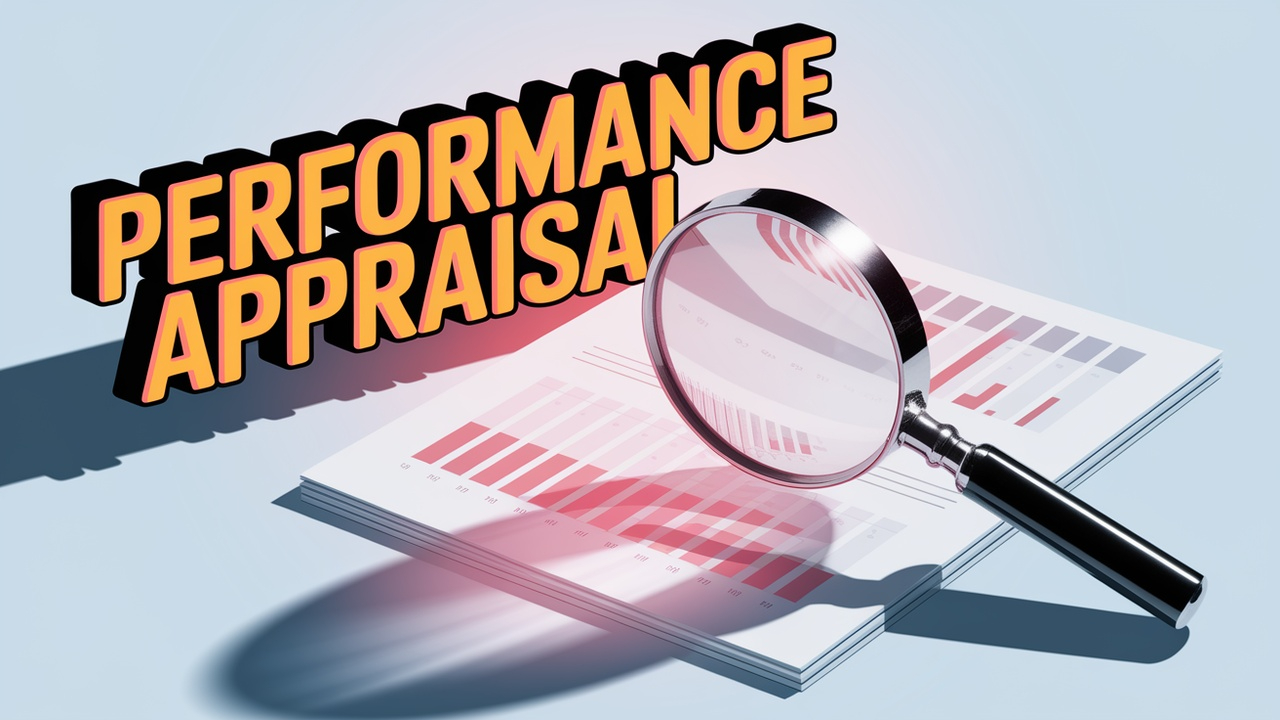RML Full Form-Reverse Mortgage Loan
by Shashi Gaherwar
0 1005
Reverse Mortgage Loan: A Financial Lifeline for Senior Citizens
Introduction
Retirement often brings financial challenges for senior citizens, especially those without a steady income source. A reverse mortgage loan offers a practical solution, allowing homeowners to leverage their property's value while continuing to live in it. This financial product is designed to provide regular income to elderly individuals by converting home equity into liquid cash.

Introduced in India in 2007 under the guidelines of the Reserve Bank of India (RBI), reverse mortgage loans have gained popularity as a reliable retirement planning tool. This article explores the features, benefits, eligibility criteria, and challenges of reverse mortgage loans.
What is a Reverse Mortgage Loan?
A reverse mortgage loan (RML) is a type of loan that enables senior citizens (aged 60 and above) to receive periodic payments from a lender by mortgaging their residential property. Unlike traditional loans, the borrower does not need to repay the loan during their lifetime. Instead, the loan amount, along with accrued interest, is recovered by the lender upon the borrower’s demise or sale of the property.
How Does Reverse Mortgage Work?
• The homeowner pledges their self-occupied, fully owned residential property to a bank or financial institution.
• The lender assesses the property's market value and determines the loan amount, which is typically 60-70% of the property’s worth.
• The borrower receives regular payments (monthly, quarterly, or annually) or a lump sum amount.
• The borrower can continue to live in the house without any repayment obligation.
• The loan tenure usually ranges from 10 to 20 years, depending on the lender’s terms.
• Upon the borrower’s death or if they vacate the property, the lender sells the house to recover the loan amount.
• If the borrower’s heirs wish to retain the property, they must repay the loan amount and interest.
Key Features of Reverse Mortgage Loan
1. Eligibility:
a. Available to Indian citizens aged 60 years and above.
b. If applying jointly, the spouse must be at least 55 years old.
c. The property should be self-occupied and in good condition.
2. Loan Amount:
a. Typically 60-70% of the property’s market value.
b. The maximum amount varies across banks, usually capped at ₹1 crore.
3. Payment Options:
a. Borrowers can opt for monthly, quarterly, or lump sum disbursement.
b. Lump sum payments are usually restricted for specific purposes like medical expenses.
4. Tenure:
a. Ranges from 10 to 20 years, after which payments may stop, but the borrower can continue residing in the house.
5. Interest Rate:
a. Interest rates are generally floating rates and vary across banks.
b. The rates are higher than regular home loans.
Benefits of Reverse Mortgage Loan
1. Financial Security for Senior Citizens
• Provides a stable income source during retirement, reducing dependency on children or relatives.
• Helps cover medical expenses, daily living costs, and other financial needs.
2. No Repayment Obligation
• Borrowers do not need to repay the loan as long as they live in the house.
• The loan is repaid only after the borrower’s demise or if they decide to sell the property.
3. Retaining Home Ownership
• Unlike selling a house, reverse mortgage allows elderly homeowners to continue living in their residence.
• Ensures housing security for senior citizens.
4. Tax Benefits
• The loan proceeds are not considered taxable income, providing additional financial relief.
Challenges of Reverse Mortgage Loan
1. Limited Awareness and Adoption
• Many senior citizens are unaware of reverse mortgage loans, leading to lower adoption rates.
• Misconceptions about losing property ownership deter potential borrowers.
2. Lower Loan Amounts
• The loan amount is typically capped at 60-70% of property value, which may not be sufficient for all financial needs.
• In rising real estate markets, property appreciation benefits are not passed on to the borrower.
3. Interest Accumulation
• Interest continues to accrue over time, increasing the final repayment amount.
• This may lead to a situation where the outstanding loan exceeds property value.
4. Limited Bank Participation
• Not all banks and financial institutions offer reverse mortgage loans.
• Limited lender options reduce competitive interest rates and loan benefits.
Future of Reverse Mortgage in India
Despite its potential, reverse mortgage loans remain underutilized in India. Several improvements can boost adoption:
• Increased Awareness: Government and banks should educate senior citizens about its benefits.
• Flexible Loan Terms: Banks can introduce higher loan limits and longer tenure options.
• Lower Interest Rates: More financial institutions should offer competitive interest rates.
• Integration with Retirement Planning: Encouraging seniors to incorporate reverse mortgage into their financial planning.
Reverse mortgage loans offer a lifeline for financially struggling senior citizens, providing them with a steady income without losing home ownership. Although adoption remains low due to lack of awareness and perceived risks, better implementation and awareness campaigns can make it a viable financial tool for retirees in India.
For senior citizens looking for financial independence in their golden years, a reverse mortgage loan can be an effective solution, ensuring a secure and comfortable retirement.

Share:








Comments
Waiting for your comments